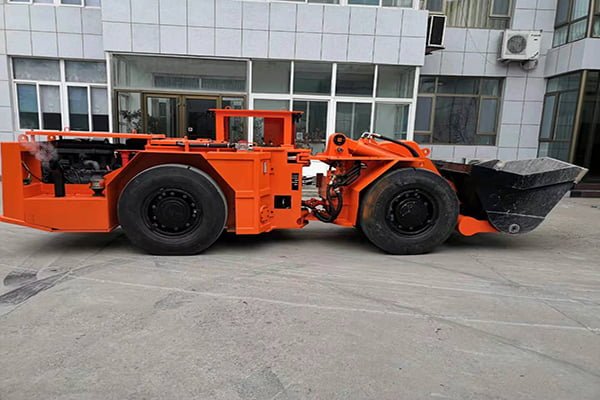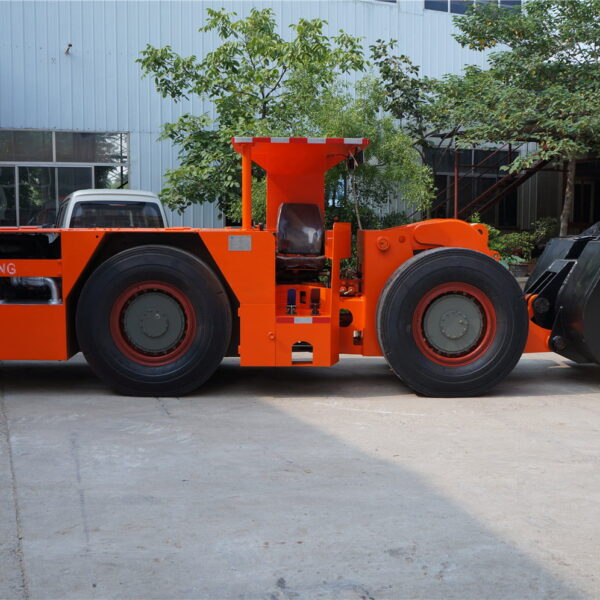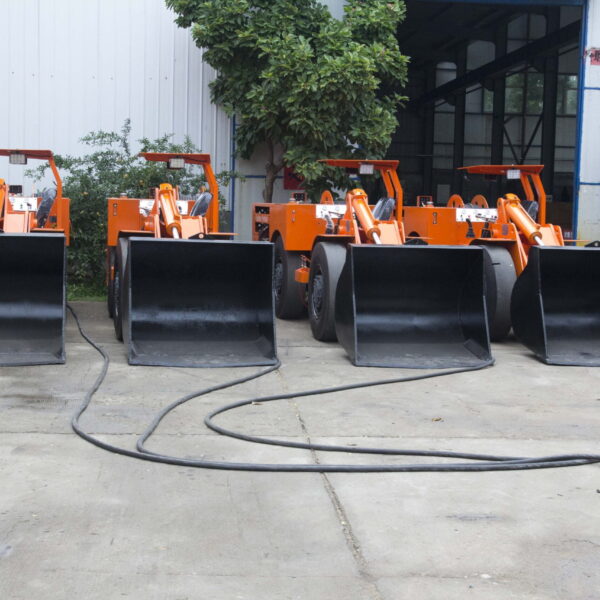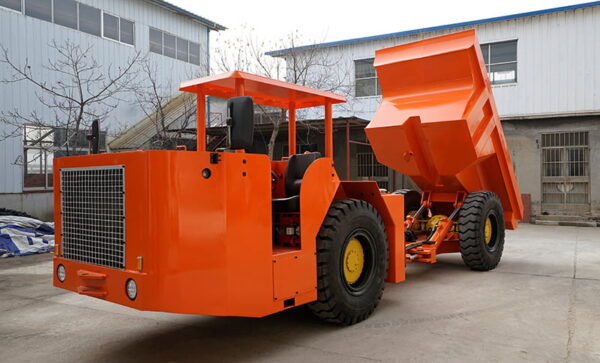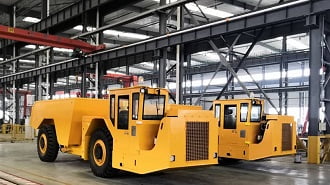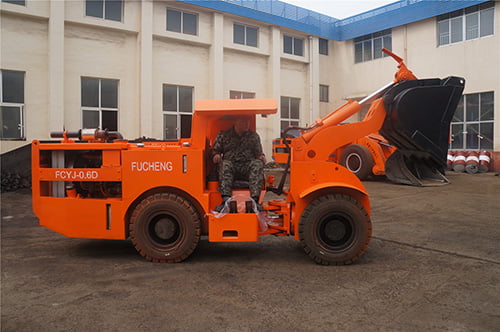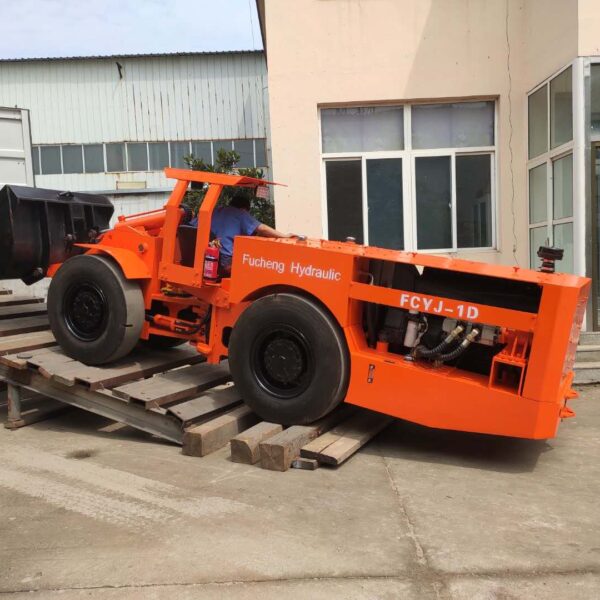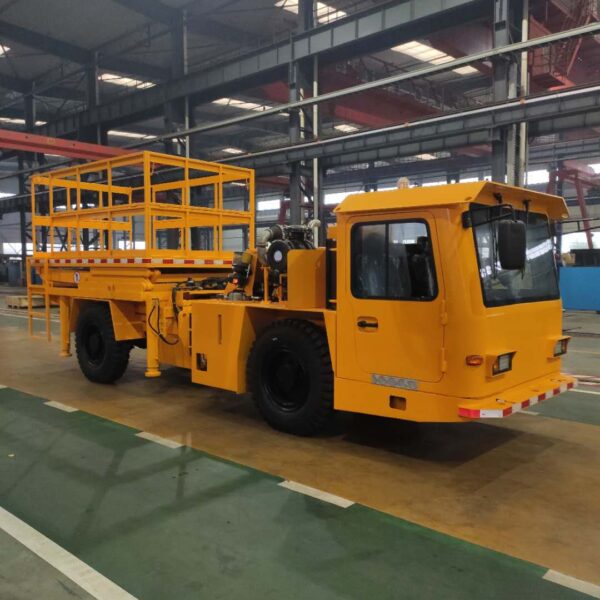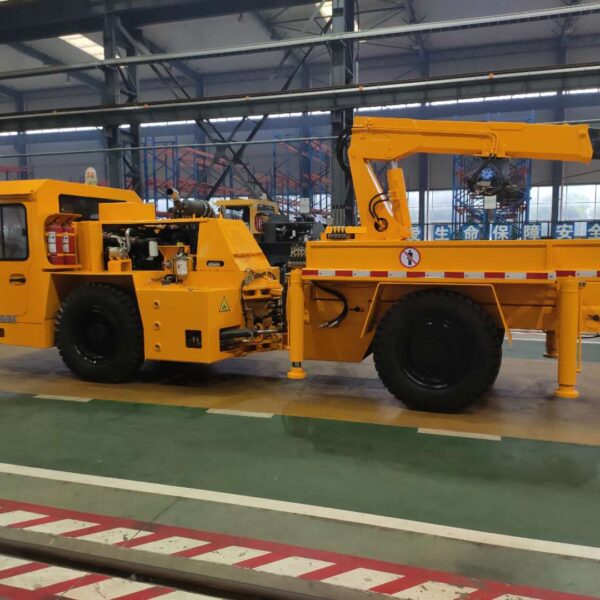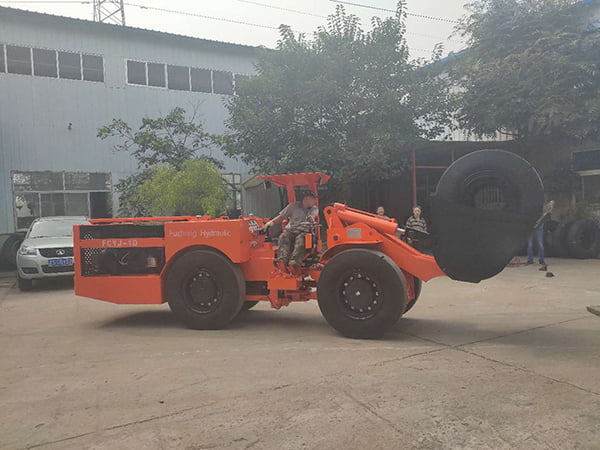When a mine is no longer producing or operating, it is known as an abandoned mine. The expense of addressing the dangers often falls on the shoulders of the public/taxpayer/government.
There are tens of thousands of closed mine in the United States. Many abandoned mines are unknown, ranging from the National Park Service’s count of little over 2,500 on federal grounds to the Mineral Policy Center’s estimate of 560,000 on public and private land. It’s very uncommon for these ghost towns to be located next to abandoned mines. Old or abandoned mines should be avoided at all costs, according to experts. There are nearly 6,500 abandoned mines in California, Nevada, Colorado, New Mexico, and Arkansas.
What Happens To Abandoned Mines?
Even the most extensive and intricate mining operations are only temporary. Once the most valuable and easily available elements are taken away, the mine will be closed and become an abandoned mine. Mine openings will be covered up, grass and trees replanted, and water, soil, and air tested for toxins.
Since 1977, when the United States Congress passed the Surface Mining Control and Reclamation Act, several rules have been put to guarantee that abandoned gold mines are handled responsibly and that any environmental harm is remedied. A federal agency called the Office of Surface Mining Reclamation, and Enforcement (OSMRE) was established to deal with abandoned coal mine cleanup.
Abandoned mine site cleanup rules cover challenges such as:
Water
Acid mine drainage (AMD) is the main pollution caused by closed mines. Sulfuric acid and dissolved iron are formed due to increased exposure of sulfur-containing materials to air and water.
Acid rain degrades heavy metals such as copper, lead, and mercury, which leak into groundwater sources and surface waters, posing a threat to human and animal health.
Another big contaminant is tailings, which are waste products from mining. Because tailings are slurry, they are often deposited in or near water, polluting and killing aquatic life. It is also possible for tailings to be spread by wind or water.
Soil
Additionally, heavy metals are deposited on the surrounding soil or transported by wind or water to pollute rivers and other mine lands due to mining activities. With the formation of abandoned mines, these metals will stay underground and cause pollution.
Mining-related contaminates may be detected by analyzing soil and sediment samples at the mine site, which requires chemical analysis. For this investigation, EDXRF and WDXRF are both viable options. While they may be used for exploration and mining, handheld XRF devices are ideal for monitoring elemental contamination at mine sites and waste streams and providing fast analysis. An inbuilt GPS allows these portable analyzers to capture the precise position of a contaminated site as well. Lab-based WDXRF equipment provides reliable quantitative analysis of a wide range of material, matrix types, and concentrations in soil and sediment analysis.
Air pollution
Another pollutant in the abandoned mines is particulate matter (PM) in the air. Fecal dust is produced by the movement of soil (such as when cars pass over unpaved terrain), heavy equipment operation (such as blasting), and wind.
Is Remediation Possible?
Unfortunately, the majority of abandoned mines have been left to rot in obscurity. The expense of decontaminating a dangerous old mine is high. Abandoned hard rock mines in the United States would cost almost $72 billion to clean up, according to evidence given to Congress in 2006.
These abandoned mines used to produce heavy minerals such as silver, gold, uranium and other metals, mainly found in the western United States. Many mining corporations have decided that it is more cost-effective to leave their mines when faced with such a financial burden.
Due to the passage of time, the original proprietors of the closed mines became ambiguous, as land leases expired and documents were lost. There was nobody responsible for the dumps.
When it comes to mining dangers, there are two main categories: physical (such as the mineshaft that fell on unexpected place) and environmental (for example: tailings piles that contaminate water sources). Both issues must be addressed if an abandoned mines site is totally remedied and its risks removed.
Heavy metal slabs are required to hide physical risks like mining shafts and vertical entry (referred to as adits, which some adventurous explorers find irresistible). Bats may enter and exit the mine via gaps in some of the coverings. Therefore, it is necessary to demolish and remove rusty equipment from dangerous old mines.
It’s more challenging to deal with the dangers that mines pose to the environment. Anyone in the United States who breaches the Clean Water Act faces serious fines. Toxins may be accidentally introduced into waterways during the removal of mine tailings by individuals or governments engaged in abandoned mine cleaning.
It was suggested in 2006 that those who wished to clean up abandoned mine sites would be protected from punishment if they were not directly involved in the mine’s establishment or operation. The bill was voted down.
Abandoned Mine Lands Program(AML)
The Abandoned Mine Lands Program was formed by the Bureau of Property Management (BLM) to assist in the remediation of abandoned mines on government-owned land. The task of the Bureau of Land Management (BLM) is to clean up the contaminated areas of abandoned mines and store hazardous waste such as tailings. More than 3,000 abandoned mines were cleaned up and secured by the BLM between 2000 and 2008.
Nevertheless, mining firms should be held liable for their own mistakes, right? The U.S. government has already mandated EPA superfunds to cover the expenses of future cleanups, which mining firms contribute to. However, the fees seldom cover the expenditures in full. Therefore the burden falls on the shoulders of the general public. In addition, there is a legal loophole that exempts insolvent mining companies from paying for the cleanup.
Some mining owners responsibly conduct their business. The Department of the Interior established an award in 1986 to recognize outstanding efforts to restore land damaged by coal surface mining. It’s been a long time since operators have become so inventive with their enterprises. Many mines maintain their grounds, while others repurpose abandoned mine structures into lofts or retail shops, and yet others landscape their previous sites.
Reclamation has been added to the list of options for dealing with abandoned mines after the success of these operations. The land is recovered when the physical and environmental risks have been eliminated. Some historic structures may be saved once vegetation is reintroduced. Using this method, the region may be returned to its natural condition.
How Many Abandoned Mines Do We Have on Earth?
The number of abandoned mines is hard to estimate. However, there are likely millions. More than 550,000 have been detected in the United States, including more than 100,000 representing a significant environmental danger; in Canada, more than 10,000 are recognized.
However, for the vast majority of nations, there is no data to go on. Old abandoned mines, especially tiny ones and those located distant from cities, aren’t often documented. When inventories do exist, they tend to be skewed in their accuracy, and sometimes deliberately so. When a person is injured in an abandoned mine, it is often only found.
Mining-related environmental catastrophes are often featured in the news. Exactly what occurs when a mine shuts down is a little less widely understood. As was the case with the coal mine closures in Europe at the end of the 20th century, the societal implications may be dire. Is there any concern for the environment?
In the United States, an estimated 80 percent of abandoned mine lands (AML) sites offer physical safety hazards and need more investigation to determine the genuine safety of these areas.
Dozens of people are wounded or killed each year while on mine sites in recreational incidents. There are, nevertheless, a large number of fatalities that have nothing to do with mining. The most common cause of unintentional fatality is drowning in open quarries and ATV accidents on abandoned minie lands.
Final Thoughts
Developing nations and large mining operators like Russia and China must adhere to these new environmental criteria. Most of the time, all that has to be done is to follow the rules already in place. However, this is much easier said than done.

